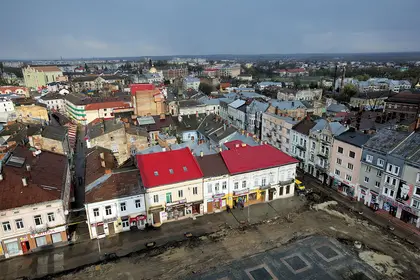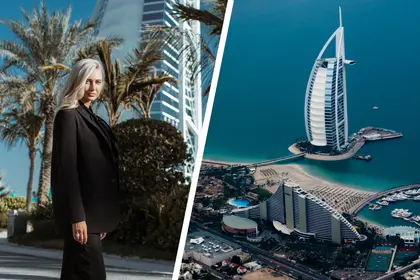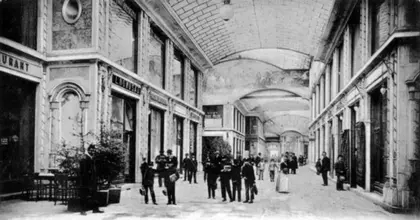DROHOBYCH, Ukraine — This town wasn’t always Ukrainian.
But with 76,000 people, 56 kilometers from the Polish border and 516 kilometers from Kyiv, Drohobych boasts an incredibly vibrant and diverse history.
With the world’s oldest continuously operating salt factory and monuments to both Ukrainian writer Ivan Franko and Jewish-polish author Bruno Schultz, the town has an unparalleled cultural and historical heritage.
Locals are in love with their city’s background, and pay double to consume locally produced salt. Drohobychians will insist on showing visitors the city’s main sights to the point of exasperation, making it difficult to be on time for any appointment following the first.
History
The city’s history goes back to Kyivan Rus, thanks largely to huge salt and oil deposits in the area. The nearby town of Boryslav is famous regionally for having oil constantly seep from the ground, while the nearby resort town of Truskavets is known for its mineral waters.
But situated as it is in the foothills of the Carpathian mountains, Drohobych offers a historical vista that the other two towns do not.
The town’s salt mine — in operation since 1250 — is one of the world’s only salt manufactories to still use a medieval method for salt extraction. Visitors can watch as workers extract salt water from an artesian well and then boil it off, producing the salt consumed by local Drohobych natives.
UNESCO has honored the city by making the town’s St. George’s Church a World Heritage Site. Made entirely of timber and in use since around 1500, the church is located next to the salt factory in the city center.
The city was under Polish rule through the 1700s, and became reasonably wealthy on the back of its salt industry.
But it was under the Austrians, and then the Austro-Hungarian empire, when the Galician oil fields were discovered and began to be exploited on an industrial scale, that Drohobych began to really prosper.
Millions of dollars in wealth began to pour into the city, along with the foreign directors of European oil firms.
One street — now known as Shevchenko Street — is a long, leafy boulevard that contains dozens of mansions built by the era’s oil barons.
The companies built an oil exchange near the city’s main square, along with dozens of stone buildings with intricate facades and specially commissioned statues.
After World War One, Drohobych became a part of Poland, and with it gained one of Europe’s largest oil refineries. The continued influx of oil wealth mixed with a cultural renaissance for the city: both Ivan Franko, the Ukrainian writer, and Polish-Jewish author Bruno Schultz lived and worked in the city. A grand choral synagogue was built to service the entire Jewish community of Galicia.
Modern times
But World War II saw the complete destruction of Drohobych’s Jewish and Polish populations.
One native Drohobych family that survived, however, was that of Russian oligarch Viktor Vekselberg, whose father was fighting the Red Army and escaped the Nazi purges. When the elder Vekselberg returned after the war, his family had all been killed by the Nazis.
Viktor, the future oligarch, was born in 1957. The city lost its status as regional capital during the Soviet Union, and steadily became poorer.
“The city has its titans,” said Oleh Stetsiuk, a local journalist and activist.
But now, the town is undergoing a small cultural renaissance. The city government is restoring the town square as part of a larger project to refurbish dilapidated portions of the city.
Every two years since 2004, a group of Polish and Ukrainian academics, along with local activists, have gathered to host the literary ShulzFest, which celebrates Bruno Schulz’s work and also sells great t-shirts. 2017 also saw a FrankoFestival take place in honor of the nationalist and writer Ivan Franko.
The city’s grand choral synagogue — long in disrepair — was recently renovated by Vekselberg.
The city hall — which is the second tallest such building in Ukraine — has a small gift shop that sells, among other trinkets, specially wrapped packages of Drohobych salt.
The city square contains a number of restaurants, including a Burger and steak joint called “Franko” where the waiters cook the patrons’ meat at the table.
Cafes also offer “Drohobych coffee,” similar to Viennese coffee in its appearance and creaminess.
Drohobych is reachable from Lviv either via regular trains, or by a 90-minute car trip.
You can also highlight the text and press Ctrl + Enter







Comments (0)